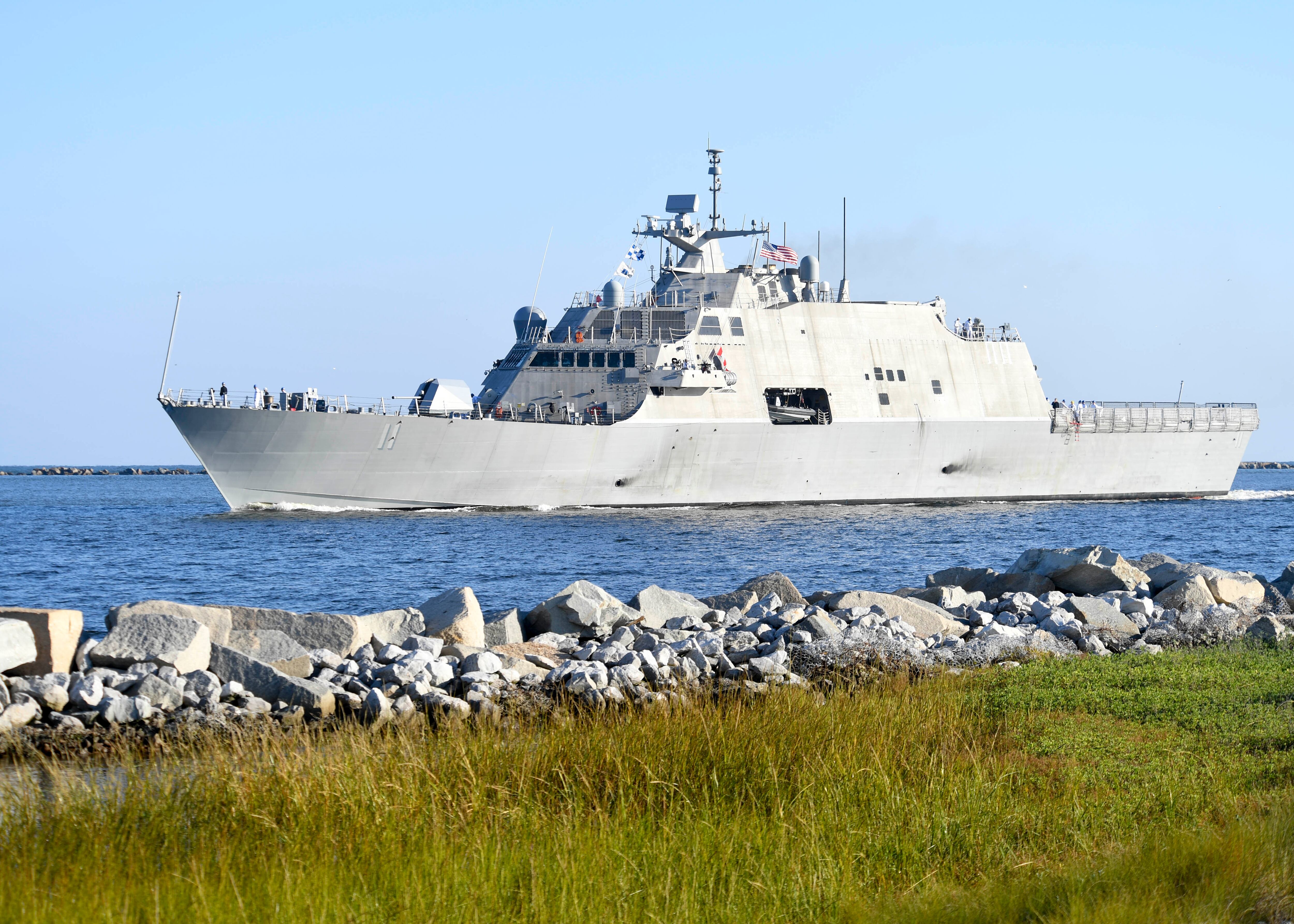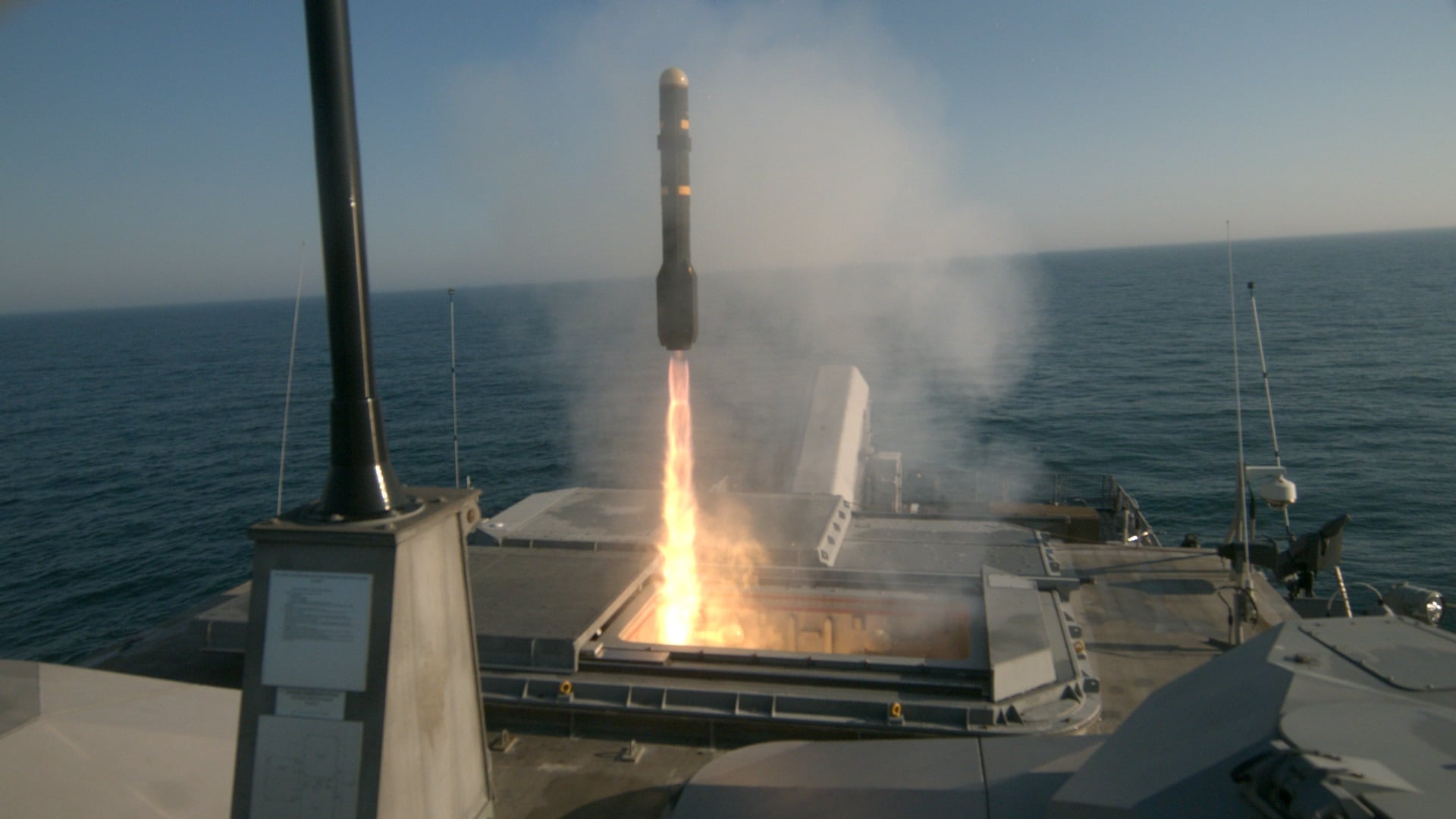In a major milestone for the program, Navy officials expect to complete testing and evaluation of the littoral combat ship Surface-to-Surface Missile Module early next year, two months ahead of schedule.
This week’s announcement was a positive step for LCS mission module programs, which have have been plagued with development delays and certification snafus.
Initial testing onboard the littoral combat ship Milwaukee kicked off in May off the coast of Virginia. The latest phase in November involved another Mayport, Florida-based LCS, the Detroit, in the same waters.
RELATED

They were testing how well the package could counter swarms of small boats and boost a vessel’s visit, board, search and seizure capabilities.
“The Navy’s Program Executive Office for Unmanned and Small Combatants accelerated the package’s operational testing following successful developmental and integrated testing off the coast of Virginia from July through November,” officials said in a prepared statement released on Monday.
Early and successful completion of the Surface Warfare Mission Package testing indicates fewer challenges for the program reaching Initial Operational Capacity.
The sea tests challenged the warships to counter attacks from two fast inshore attack boats.
Crews were expected to use the new LCS missile module and its 24 Longbow-Hellfire missiles along with a pair of 30mm guns and the 57mm weapons system in the Gun Mission Module.
Crews also could deploy the Maritime Security Module that comes with a pair of 11-meter rigid hull inflatable boats.
RELATED

The Navy already has certified the modules for the LCS gun, maritime security and aviation systems.
The aviation system uses an MH-60R Seahawk helicopter and a Vertical Take-Off Unmanned Air Vehicle. It’s been operational for four years on both the Freedom- and Independence-classes of the LCS.
Mark D. Faram is a former reporter for Navy Times. He was a senior writer covering personnel, cultural and historical issues. A nine-year active duty Navy veteran, Faram served from 1978 to 1987 as a Navy Diver and photographer.




